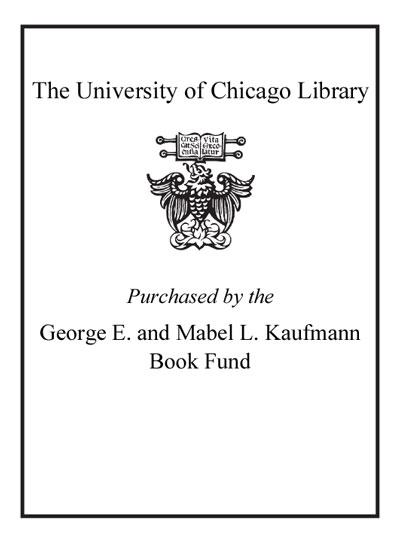Model Nazi : Arthur Greiser and the occupation of western Poland /
Saved in:
| Author / Creator: | Epstein, Catherine. |
|---|---|
| Imprint: | Oxford ; New York : Oxford University Press, 2010. |
| Description: | xiv, 451 p. : ill., maps ; 25 cm. |
| Language: | English |
| Series: | Oxford studies in modern European history Oxford studies in modern European history. |
| Subject: | |
| Format: | Print Book |
| URL for this record: | http://pi.lib.uchicago.edu/1001/cat/bib/8105814 |
Table of Contents:
- List of Illustrations
- List of Maps and Tables
- List of Abbreviations
- Note on Place Names and Terminology
- Introduction
- 1. 'Child of the East:' Posen Province, World War I, Danzig
- 2. 'Little Maria:' Striving for Strength and Power in Danzig
- 3. 'The Nicest Time of My Life:' Senate President
- 4. The 'Model Gau:' The Warthegau
- 5. 'A Blonde Province:' Resettlement, Deportation, Murder
- 6. 'The German is the Master:' Segregation in the Warthegau
- 7. 'The Most Modern Streets:' Exploiting Poles and Jews to Make the Gau German
- 8. 'Feudal Duke:' Rule and Loss
- 9. 'Two Souls in My Breast:' Trial and Execution
- Afterword
- Notes
- Selected Bibliography
- Acknowledgments
- Index

